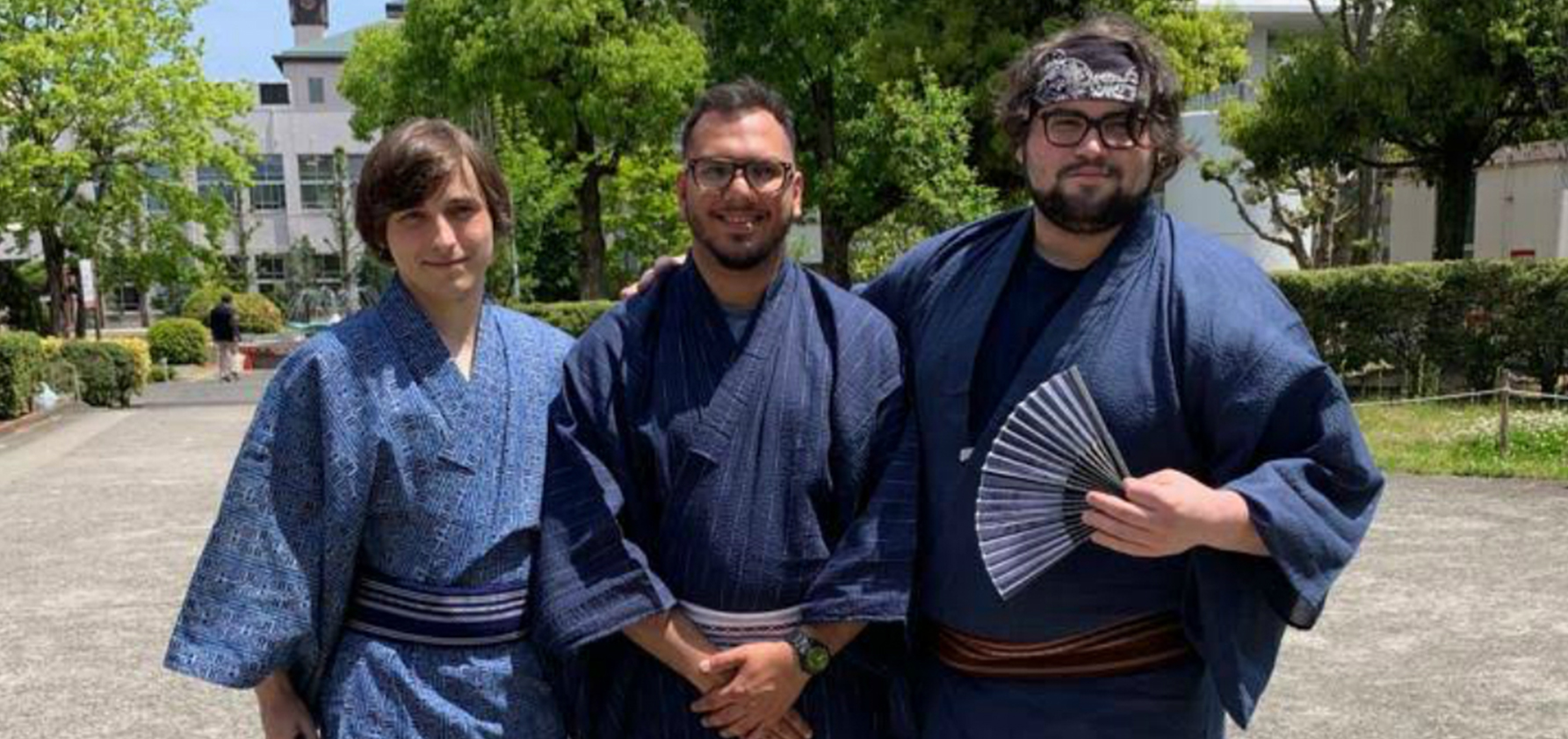
To quote Mark Twain, “Travel is fatal to prejudice, bigotry, and narrow-mindedness.” The United States and the island nation of Japan have a very dark past full of hatred and violence. During the early 1940s, the United States was locked in a brutal war with Japan that saw thousands of lives lost on both sides. In addition to the death and violence, bigoted views of the Japanese skyrocketed during the war.
The president of the United States, Franklin D. Roosevelt, even issued an executive order to imprison all Japanese-Americans in the United States on the West Coast. The war eventually escalated to the point in which the United States used the most deadly weapon in human history twice on two Japanese cities, killing over 175,000 Japanese men, women, and children. While almost 75 years have passed since the war between Japan and the United States ended, bigoted and narrow-minded views towards the Japanese still exist today.
My grandfather was enlisted in the US Army during World War II fighting against the Japanese. Due to the history between the United States and Japan, along with my own family’s history with WWII, I felt it was important to experience Japan for myself, especially to understand peace and the impacts of war and the bombings of Hiroshima and Nagasaki.
Our journey began in Osaka at Osaka Ohtani University. My fellow Moravian students and I were staying in dorm rooms with students at the university after the 30 hours of traveling across the globe. Despite the huge language barrier and not knowing any of the students, we soon became fast friends. The early hours of our mornings in Osaka were spent playing cards and walking to the local food stores as we all grew closer in our short time together.
The students and faculty of Osaka Ohtani University planned a full day for us that included: taking part in a traditional Japanese tea ceremony, dressing in kimonos, having lunch with our newly made friends at the school, discussing peace in one of the university’s classrooms, and eventually heading into the city of Osaka to see the magnificent views from the university’s satellite campus.
Then we said our goodbyes to our newly made friends in Osaka and boarded the train to Nagasaki. Nagasaki was the second city bombed by the United States in August of 1945 so this was where we started our main discussions on nuclear weapons and peaceful relations. After our arrival, I visited a local museum dedicated to the history of Japanese imperialism and oppression of the Chinese and Korean people.
We then visited our friends at Nagasaki University who had visited Moravian only a few weeks before we arrived in Japan. We discussed the abolition of nuclear weapons and the conflicts that the abolition movement faces, along with the number of nuclear weapons possessed by each country, before the Nagasaki faculty brought in endless plates of sushi, sashimi, sandwiches, and desserts for us all to enjoy. The next day, we visited museums around the city, saw the many signs of the bombing that remain, and met with a survivor of the Nagasaki bombing.
After leaving Nagasaki we traveled on to Hiroshima. In Hiroshima, we toured more museums on the history of the bombing of the city, listened to a survivor of the Hiroshima bombing, and visited the Radiation Effects Research Foundation (RERF), which studies the effects of radiation on survivors. After leaving Hiroshima, we journeyed to our final city of Kyoto. In Kyoto, we were able to fully explore the city’s malls, temples, restaurants, and shops, as we had free time in the city.
As one who has traveled before, I chose to experience Japan for its unique culture that is almost completely different from that of the United States. I have been all over Europe, but I have never experienced a culture that is different from those in the West.
Along with experiencing a culture that is completely new, I also wanted to travel to Japan to continue encouraging peace between our nations and to also learn how to create peace throughout the rest of the world.
By traveling to Japan I showed myself, as well as many others, that it’s possible to go from fighting in a war (like my grandfather did 75 years ago), to creating new friendships as I have this year.